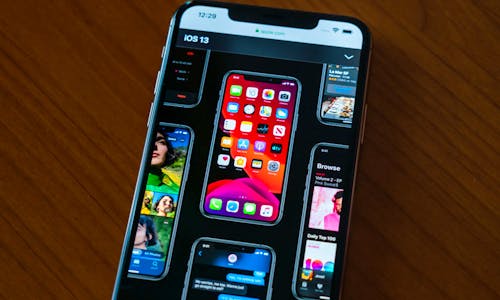We spent a week thoroughly testing the Lumia 650’s 8-megapixel rear-facing camera and 5-megapixel selfie camera in all kinds of conditions. Here’s our full Lumia 650 camera review, complete with photo and video samples.
For more information on Microsoft’s new mid-range handset, check out our in-depth Lumia 650 review.
Lumia 650 camera interface
The Lumia 650 camera app will immediately be familiar to Lumia fans, using the same streamlined approach as other recent Microsoft mobiles. I’m a fan of the design as it offers a smart compromise between simple use and quick access to manual controls.
If all you want to do is point and shoot, that’s not a problem. The camera’s autofocus locks onto whatever’s centrally positioned, so all you need to do is tap the on-screen shutter button to take a shot. Just above the shutter there’s a video button, which you tap to switch into video mode (shock horror). And you can tap anywhere on the screen to manually focus the lens.

Up at the top of the camera app you’ll spy three more icons, for switching between front and rear cameras, toggling the flash and switching on Rich Capture, which automatically selects the best settings for each shot.
You can also tap the arrow to expand that bar, which brings up the manual controls. This allows you to tweak the ISO level, white balance, shutter speed and brightness levels and even manually focus, just like a basic DSLR camera. These manual controls come in handy when shooting high-contrast and low-light photos, as we’ll touch on in the next section.
Lumia 650 camera performance
For our photo samples, we used a mixture of Rich Capture mode and manual controls. However, the majority of our shots were taken with auto settings, as this is how most people will use the camera.
The Lumia 650’s camera is a basic snapper that unfortunately struggles in difficult lighting situations. Dark rooms are its nemesis, although the single LED flash does help out as long as your subject is stood close by. Likewise, high contrast scenes are often a problem, with the 650 failing to pick up much detail in darker areas. Fiddling with the manual controls does help a little, if you have the time, but rival cameraphones like the Moto G are much stronger across a range of conditions.
If the lighting conditions are good, the Lumia 650 does a perfectly decent job. Focusing is fast and almost always accurate; only manually focusing on close-up objects occasionally results in blurry photos. Viewing my photos back on a big screen, I was pleased with the level of detail captured and the natural hues.
Read next: Lumia 650 vs Moto G vs Wileyfox Swift
Lumia 650 video performance
The Lumia 650’s camera does an admirable job when it comes to home movies, although once again it struggles with a strong level of contrast. Viewed back on a big screen, our sample footage (shot at the maximum resolution of 720p) still managed to capture a reasonable amount of detail, while the lens snapped into focus quickly when our subject moved.
There’s no kind of image stabilisation, so the footage gets really shaky when you start to move around. Check out our Lumia 650 720p video sample, shot in Central London.
Lumia 650 front-facing camera
That 5-megapixel front-facing camera is an all-new lens, designed to capture you clearly in a wide range of conditions, and it’s a strong selfie snapper for the price. Egotists beware as the camera captures a lot of detail, including every little line and spot you’d like to pretend didn’t exist. It’s also surprisingly good in low light, sucking in plenty of light to keep your photos bright without too much grain.
Check out our in-depth Microsoft Lumia 650 review for our thoughts on the phone’s design, display, features and more.

















Leave a Reply